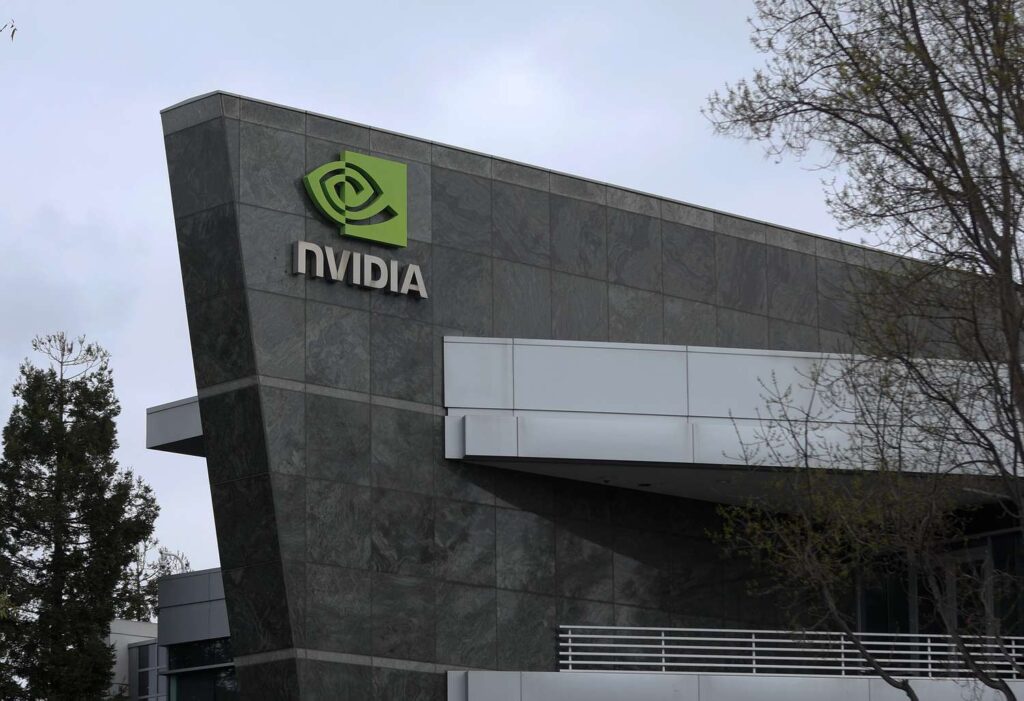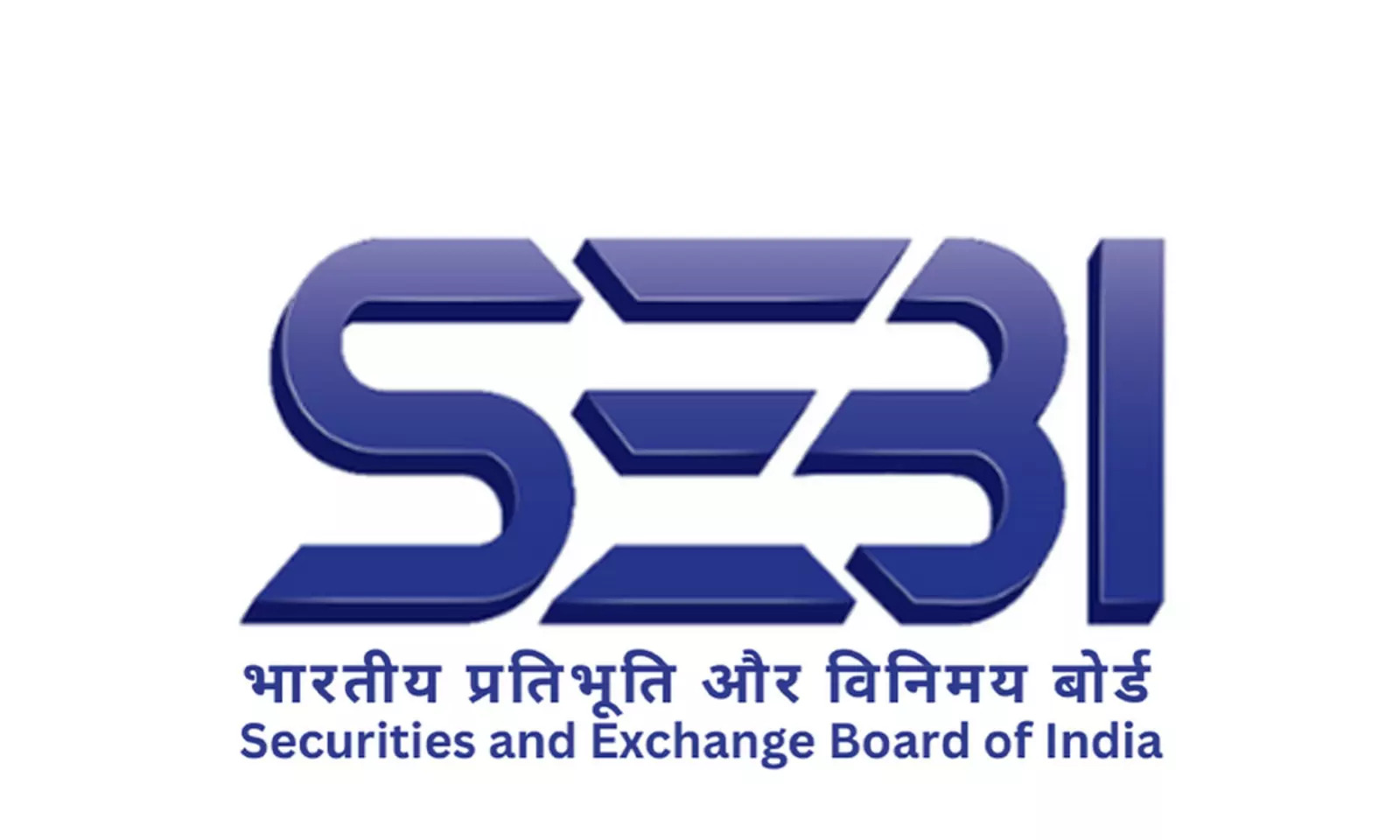Introduction
Nvidia, the renowned chipmaker, has experienced a meteoric rise in its market value, adding a staggering $765 billion in just under two weeks. This unprecedented surge has positioned Nvidia as a dominant force in the technology industry, outpacing even the most optimistic projections. This article will delve into the factors driving Nvidia’s remarkable growth and explore the implications for the broader tech landscape.

AI and the Driving Force Behind Nvidia’s Success
At the heart of Nvidia’s market value explosion is the burgeoning field of artificial intelligence (AI). The company’s high-performance graphics processing units (GPUs) have become indispensable for training and running AI models. These GPUs, originally designed for gaming, have proven to be remarkably efficient at handling the complex mathematical calculations required for AI applications.
As AI continues to gain traction in various industries, from healthcare and finance to autonomous vehicles and customer service, the demand for powerful computing hardware like Nvidia’s GPUs has skyrocketed. This surge in demand has directly translated into increased revenue and a soaring stock price.
Nvidia’s Strategic Investments and Partnerships
Nvidia’s success can also be attributed to its strategic investments and partnerships. The company has consistently acquired smaller firms with complementary technologies and expertise. These acquisitions have allowed Nvidia to expand its product portfolio and strengthen its position in emerging markets.
Moreover, Nvidia has forged strategic alliances with major technology companies, including Microsoft, Google, and Amazon. These partnerships have provided Nvidia with access to vast customer bases and have facilitated the integration of its GPUs into cloud computing platforms and AI-powered services.
Implications for the Tech Industry
Nvidia’s market value surge has significant implications for the broader tech industry. It serves as a powerful validation of the growing importance of AI and the underlying hardware infrastructure required to support it. As AI continues to evolve and penetrate new domains, the demand for high-performance computing resources is likely to increase further, benefiting companies like Nvidia.
Furthermore, Nvidia’s success has attracted increased attention from investors and startups. This influx of capital and talent could lead to a wave of innovation and competition in the AI and semiconductor industries. However, it is also essential to consider the potential risks associated with rapid growth, such as supply chain constraints, geopolitical tensions, and the emergence of new technologies that could disrupt Nvidia’s dominance.
Conclusion
Nvidia’s remarkable market value surge is a testament to its ability to capitalize on the growing demand for AI and high-performance computing. By leveraging its expertise in GPU technology, strategic investments, and strong partnerships, Nvidia has positioned itself as a leader in the tech industry. As AI continues to reshape the world, Nvidia’s future prospects appear promising, but it is imperative to remain vigilant and adapt to the ever-evolving landscape.


